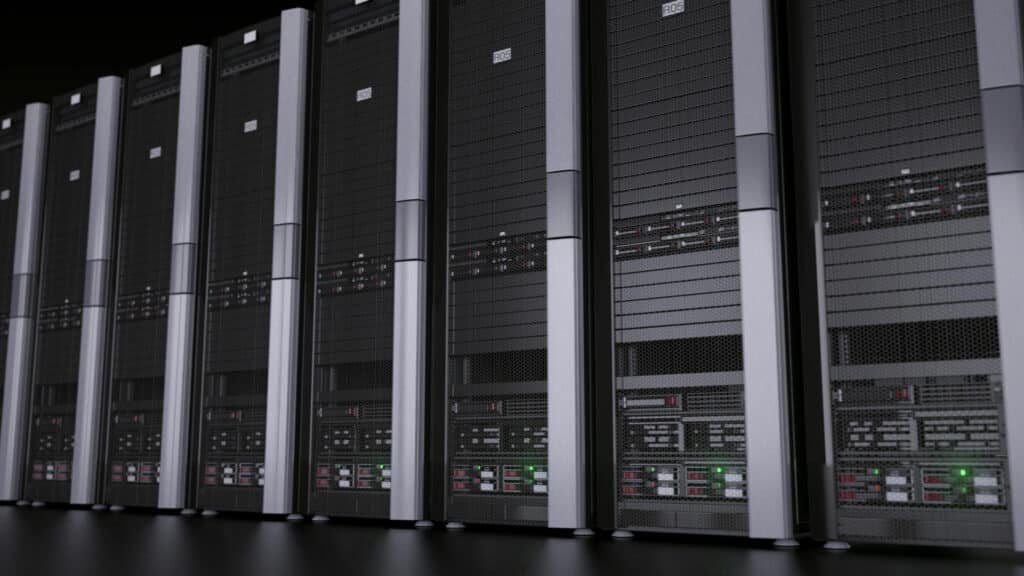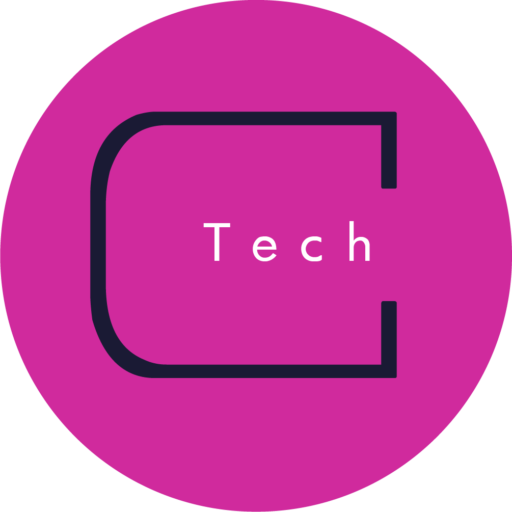For some years now we have been talking about quantum computers. However, we find ourselves in a primordial and transitory phase where the passage from the bit to the qbit is so subtle that we do not notice some fundamental events which will radically change (and in part they are already doing so) the mind-set with which we have looked at computers until now.
Taking a step back…
Before going on, it is right to ask a simple and fundamental question. Why do we need the quantum computing? The answer to this question lies in an architectural limitation posed by classical computers.
Today’s computers, however improvable and upgradeable they may be, will always be limited to the bit. These impose a limit on the power and complexity of calculation since we cannot go further due to its states, which by mathematical conformation, can be 0 or 1, on or off.
Qbit vs bit
The qbit unlike the bit, has a double logic which is based on the laws of quantum mechanicsallows it to process a significantly larger and more complex amount of data and to process data with astonishing speed.
To immediately give an idea of how wide this gap is, Sycamore, Google’s quantum computer, was able to demonstrate (therefore by processing the data) that a sequence of random numbers is really random in about 200 seconds. Summit, the most powerful supercomputer in the world, would have taken about 10,000 years instead.
To give an even clearer idea about quantum computers

Today’s computers are very good at making calculations, but alas there are some things that today’s computers cannot do, a trivial example:
- It takes 10,000 bits to model the water molecule.
- It takes 1000 billion bits to model the Ethanol molecule.
- To model the caffeine molecule it would take a number of bits that can be represented with a figure made up of a 1 and 48 zeros afterwards and it would take a computer that is too big.
Speaking of these examples, in the following video it is possible to follow the speech by Federico Mattei, head of the Quantum Computing department of IBM, at TEDx, who explains what he calls “new era of information technology:
A fundamental step, the qbits can store an enormous amount of information which is not quantitatively comparable to the classic bits. This ability takes place thanks to a state of “superposition” better known as the state of “Entangelment” which will allow the qbits to remain stable.
This state of stability can be obtained through the use of large “quantum refrigerators” which act as a casing for the processors where the qbits are enclosed and which are able to maintain an ideal operating temperature to allow the qbit to remain stable at 15 millikelvin or -258.15 celsius, as well as the temperature we currently have in interstellar space.
This temperature must remain so because the qbits, being very delicate, are extremely unstable in contact with the slightest heat, as it causes the molecules to agitate leading to an instability that would cause loss of data and processing.
Many companies are betting on quantum computers

Several computer companies are already working on such machines, in particular Origin Quantum Computing, Chinese company also involved in quantum computing, has developed and delivered what is believed to be the first commercial quantum computer to a customer who for the moment has preferred to remain anonymous. Equipped with 24 qbits, Wuyuan is the first “personal quantum computer” to be designed for private use.
It is not known what physical mechanism the machine uses to generate qbits, but it is clear that it is the first step towards the first quantum applications, albeit at a very basic level, which will allow access to information technology paths that until now have not they weren’t even conceivable.
For the moment, the company has only announced that it has produced a quantum annealing device (able to solve optimization problems, but not to perform any computation) using lasers.
Actually, in 2011, D-Wave Systems announced the first commercial quantum computer that takes advantage of quantum annealing: the D-Wave One. The company says the system uses a 128-qubit quantum chipset and then delivers two 512-qubit ones to Google and NASA, respectively.
Edited by Giulio Montanaro

